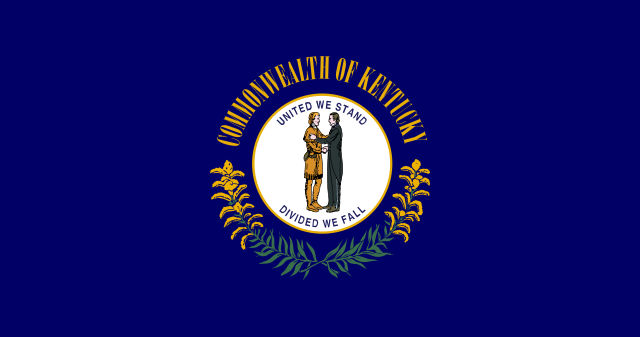A bill is moving forward in the Kentucky House that would increase the transparency around investments made by the state’s retirement systems.
The Senate unanimously passed the measure last month.
The bill would require the state’s pension funds to disclose the use of placement agents, any fees paid to those agents, and more. An official summary of the bill from Legiscan:
[The bill] require[s] the Judicial Retirement Plan, the Legislators’ Retirement Plan, the Kentucky Retirement Systems, and the Kentucky Teachers’ Retirement System to establish by reference in administrative regulation a placement agent disclosure policy; require the policy to disclose, at a minimum, to the boards of trustees of the plans and systems the name of the placement agent, dollar value of investment, and the fees or payments made to placement agent for each investment in which a placement agent was utilized; define placement agent; require the plans and systems to submit a quarterly update of the information disclosed to the respective boards of trustees to the Government Contract Review Committee; provide that the disclosure shall apply to contracts established or renewed on or after July 1, 2015.
The Senator sponsoring the bill, Chris McDaniel [R], told the State-Journal:
“The fact of the matter is there is nothing that forces them to disclose this to the General Assembly right now and by extension the public,” McDaniel said. “It’s important people know where money is and isn’t placed, the kinds of returns we are getting and to really force that.
“This will require that they do these things. It’s a bill that public employees want to see pass. It’s a bill transparency advocates want to see pass be it conservative, liberal or otherwise. People want to know how their tax dollars are being spent. I’m optimistic the House will pick it up.”
The bill is called Senate Bill 22.
Photo credit: “Ky With HP Background” by Original uploader was HiB2Bornot2B at en.wikipedia – Transferred from en.wikipedia; transfer was stated to be made by User:Vini 175.. Licensed under CC BY-SA 2.5 via Wikimedia Commons – http://commons.wikimedia.org/wiki/File:Ky_With_HP_Background.png#mediaviewer/File:Ky_With_HP_Background.png









